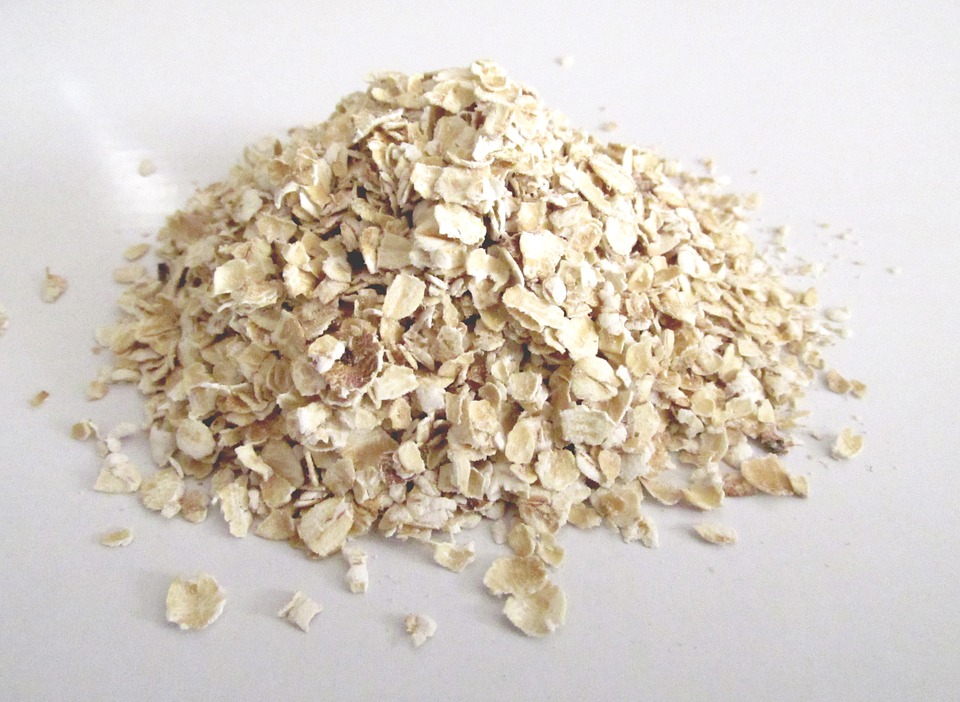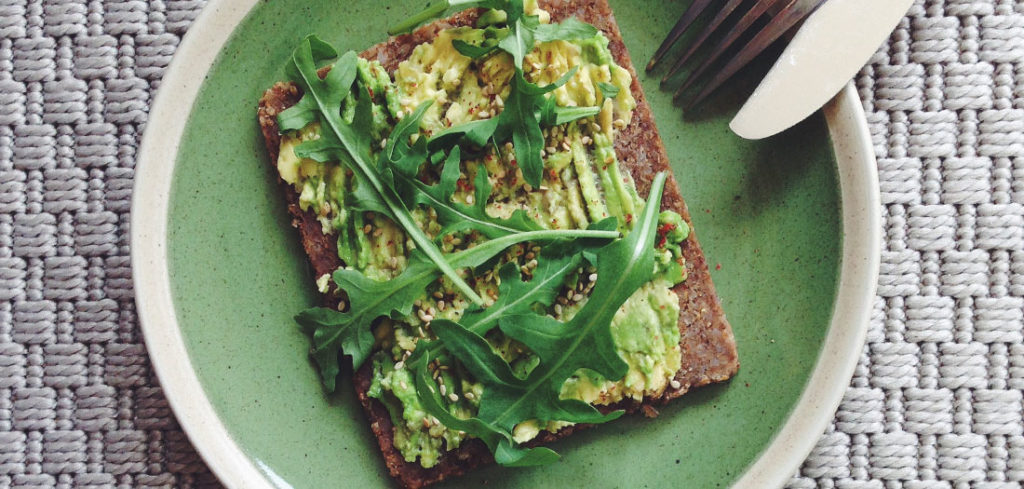Not all ‘breakfast foods’ are nutritious and choosing the wrong foods can turn your healthy morning meal into a high-calorie, nutrient-poor mess. Here are some common ways that people ruin a healthy breakfast:.
Making Breakfast Too Sugary 
Take a look at all those pre-sweetened cereals next time you go to the grocery store. Most of these sugary cereals are just boxes of candy with a few vitamins and minerals added into the mix. But the problem isn’t just pre-sweetened cereal—many people associate breakfast with sweet pastries, loads of syrup, and frosted things you pop into the toaster.
Stay away from extra sugar:
- Choose unsweetened, whole grain cereals. Just add a little sprinkle of sugar on top, but no more than a teaspoon.
- Instead of pastry, pop a slice of whole grain bread into the toaster and then top it with a 100-percent fruit spread. You still get the sweet flavor, but a lot less sugar.
- Have a bowl of hot oatmeal with fresh berries and chopped walnuts. Not sweet enough? Add just a dab of real maple syrup or a teaspoon of brown sugar.
 Not Including Enough Protein
Not Including Enough Protein
Isn’t it interesting how we associate certain foods with breakfast? Sugary cereals, pancakes, and waffles smothered in syrup appeal to many people. They’re high in starch and sugar and low in protein. Protein keeps you feeling full longer so you won’t feel so hungry in the middle of the morning.
Make sure you get some good quality protein:
- Have a piece of 100-percent whole-grain toast with peanut butter or almond butter and a glass of milk.
- Try salmon or tuna with light cream cheese or mayo on whole grain bagels or toast.
- Use protein powder in a breakfast fruit smoothie.
 Avoiding Whole Grains
Avoiding Whole Grains
Most of those sugary breakfast cereals and pastries are also low in fiber. Whole grains provide fiber, which can keep your cholesterol levels and keeps your digestive system healthy.
Choose whole grains and high-fiber foods:
- Eat whole grain, unsweetened hot or cold breakfast cereals.
- Use whole grain bread instead of white bread for your toast.
- Make low-fat oat bran muffins.
Not Eating Any Fruit or Vegetables
Fruits and vegetables are usually low in calories and rich in nutrients and phytochemicals. Experts recommend that we eat five to nine servings of fruits and vegetables every day (no, that bowl of fruit-flavored cereal doesn’t count).
Get more fruits and vegetables:
- Make an omelet with mushrooms, peppers, and onions.
- Slice a grapefruit or orange in half and serve with a slice of whole grain toast with peanut butter.
- Add berries, raisins, or bananas to your whole grain cereal.

Skipping Breakfast Altogether
Maybe you skip breakfast because you’re in a hurry, or you think skipping breakfast is a good way to cut calories. But it really isn’t. People who skip breakfast are more likely to be overweight, probably because they eat too much later in the day.
You can have a quick but healthy breakfast:
- Keep ready-to-eat foods handy like hard boiled eggs, nuts and fresh fruit.
- Make a fruit smoothie for breakfast.
- Make your own breakfast cereal bars with healthy whole grain cereals.
Lichtenstein AH, Kennedy E, Barrier P, Danford D, Ernst ND, Grundy SM, Leveille GA, Van Horn L, Williams CL. “Dietary fat consumption and health.” Booth SL.Nutr Rev. 1998 May;56(5 Pt 2):S3-19; discussion S19-28.
Stevenson EJ, Williams C, Mash LE, Phillips B, Nute ML. “Influence of high-carbohydrate mixed meals with different glycemic indexes on substrate utilization during subsequent exercise in women.” Am J Clin Nutr. 2006 Aug;84(2):354-60.
Vander Wal JS, Marth JM, Khosla P, Jen KL, Dhurandhar NV. “Short-term effect of eggs on satiety in overweight and obese subjects.” J Am Coll Nutr. 2005 Dec;24(6):510-5.
Blom WA, Lluch A, Stafleu A, Vinoy S, Holst JJ, Schaafsma G, Hendriks HF. “Effect of a high-protein breakfast on the postprandial ghrelin response.” Am J Clin Nutr. 2006 Feb;83(2):211-20.

